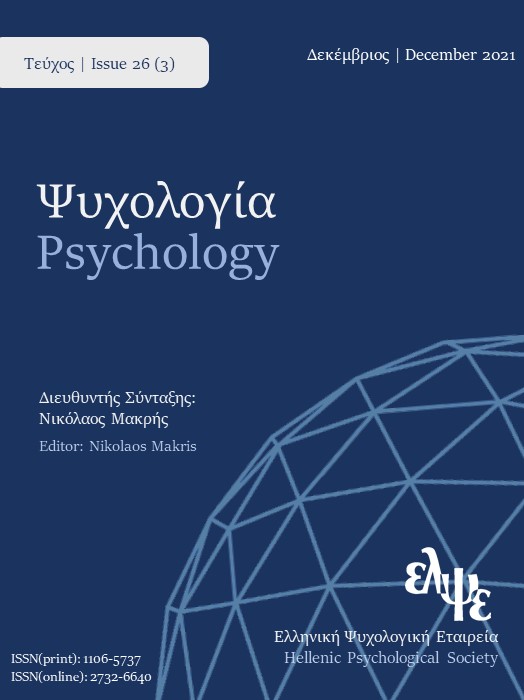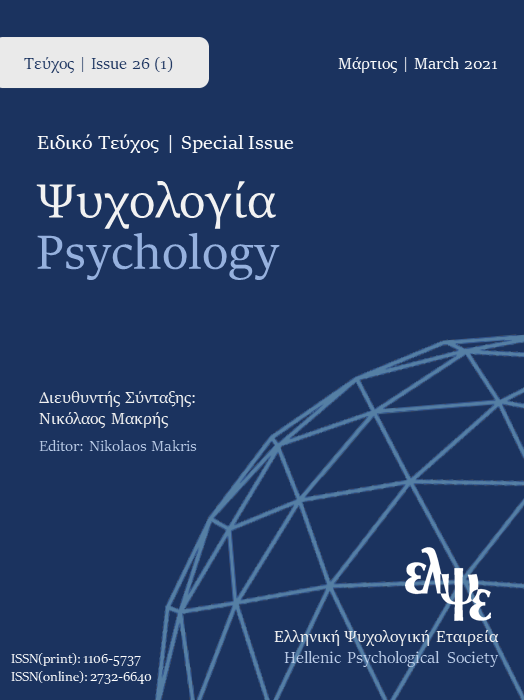Mathematical Profile Test: adaptation & standardization in Greek

Abstract
The present study presents the adaptation and standardization of the Mathematical Profile Test (MathProTest – Karagiannakis & Nöel, 2020) in Greek, a theoretically - driven assessment tool covering a wide range of important mathematical skills. It is an autonomous online battery which can be administered individually or in groups. The MathPro test includes 18 tasks which assess numerical skills related either to specific cognitive domain (core number), or to general cognitive domains (visual-spatial, memory, or reasoning). This test was administered to a sample of 2371 primary school children (Grades 1-6) which was recruited from seven geographical prefectures of Greece following quota sampling. According omega coefficient, the MathPro Test showed satisfactory internal consistency. Pearson’s coefficient between test-retest confirmed the repeated measures reliability. Finally, significant and stable correlation with teachers’ evaluation on mathematical performance across all grades were found with children with difficulties in mathematics to be performed significantly lower according the results of the multiple one sample t-test. This all suggests that the MathPro test is a reliable tool sensitive in mathematical difficulties that can be used both in conducting large scale research and assessing in detail the mathematical profile of children with or without mathematical learning difficulties – dyscalculia for diagnosis purposes and focused intervention based on the individuals strengths and weaknesses in mathematics.
Article Details
- How to Cite
-
Karagiannakis, I., Roussos, P., & Polychroni, F. (2022). Mathematical Profile Test: adaptation & standardization in Greek. Psychology: The Journal of the Hellenic Psychological Society, 26(3), 252–272. https://doi.org/10.12681/psy_hps.29151
- Section
- RESEARCH PAPERS

This work is licensed under a Creative Commons Attribution-ShareAlike 4.0 International License.
The journal PSYCHOLOGY adopts a Platinum open-access policy. Submission, processing or publication costs are waived by the Hellenic Psychological Society. Papers published in the journal PSYCHOLOGY are licensed under a 'Creative Commons Attribution-ShareAlike 4.0 International' licence. The authors reserve the copyright of their work and grant the journal the right of its first publication. Third-party licensees are allowed to use the published paper immediately after publication as they wish, provided they retain the defined by the license copyright formalities, regarding the reference to its author(s) and its initial publication in the journal PSYCHOLOGY. Moreover, any adjusted work should be shared under the same reuse rights, so with the same CC license.







